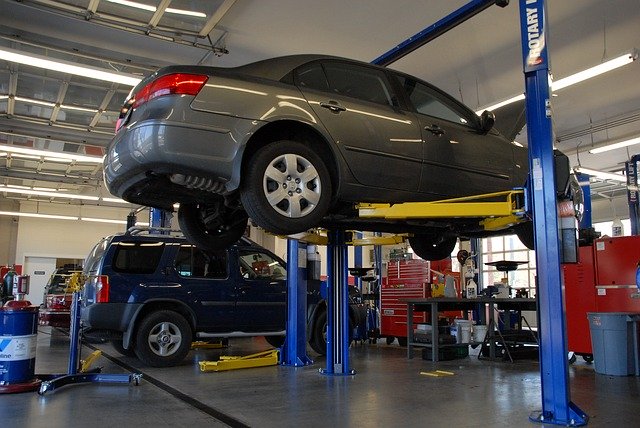When Is It Recommended To Replace Your Roof?When Is It Recommended To Replace Your Roof?
The roof is a vital part of any home, shielding inhabitants from the outside environment. Like all things, the roof has a limited life span and will need to be replaced eventually. But how do you know when it’s time to swap out your roof? The answer isn’t a simple one, as various factors come into play. In this blog post, we’ll delve into these factors to help you make an informed decision about when to replace.
End of Lifespan
The age of your roof is the most important factor in determining whether or not it’s time for a replacement. The type of roofing material determines the longevity of your roof. Asphalt shingles are commonly used and have a lifespan between 15-30 years. Metal roofs, however, can last up to 50 years. If your roof is close to reaching its expected lifespan, it’s advisable to start considering a replacement.
Storm Damage
The climate in your region can be unforgiving when it comes to the integrity of your roof, leading to deterioration that may necessitate a fresh installation. Heavy precipitation, powerful gusts, hail, and snowfall can all take a toll, particularly if your roof is aged or of inferior constructions. Following severe weather events, it’s advisable to inspect your roof for any signs of damage. If the damage to your roof is beyond, you may need to replace it.
Home Energies Costs
Older roofs are less energies efficient than newer ones. For instance, newer roofs possess reflective coatings which bounce back the sun’s rays, resulting in less energies usage. Attic insulation can also help maintain a cool environment in the summer and a warm one during winter. If you observe high energies expenses or notice a lack of comfort in your home, it might be necessary to consider replacing your current roof.
Moss Growth
Moss and algae can cause damage to your roof. These organisms have the ability to retain moisture on your roof, leading to accelerated deterioration. Additionally, algae can make your roof slippery, posing a safety hazard for individuals who need to access it. It is important to address any signs of algae or moss growth on your roofing as soon as you notice them. In cases where the growth is widespread, it may be necessary to consider replacing your roof.
Use Quality Roofing Material
Each roofing material, as we have already mentioned, has a unique lifespan. Asphalt shingles, for example, can last anywhere from 15 to 30 year depending on the quality. However, some high-quality shingles can last up to 50 years. Metal roofs are more durable and long-lasting, but they can also be more expensive. If you’re unsure of when to replace your roof, consider the material, age and quality of your roof.
It’s a big investment to replace a roof, but you need it for your home to be safe and comfortable. The lifespan of your roof depends on several factors, including the material, weather conditions, and maintenance. Have your roof inspected by an expert if you are unsure whether it is time to replace it. They can advise you on the state of your roof and if it’s time for a new one. Don’t wait until it’s too late, replacing a roof when it’s necessary can save you money in the long term.
In conclusion, the condition of your roof directly impacts your home’s comfort, safety, and energies efficiency. It is important to detect any roofing problems early in order to avoid more serious and costly damage. Therefore, it’s imperative to establish a relationship with roofing. They can perform regular inspections and pinpoint any potential problems. If necessary, they can also provide an accurate estimate of the cost to replace your roof. Trusting this essential task to professionals not only ensures a thorough job but also gives you peace of mind knowing that your home is under the care of experts.


